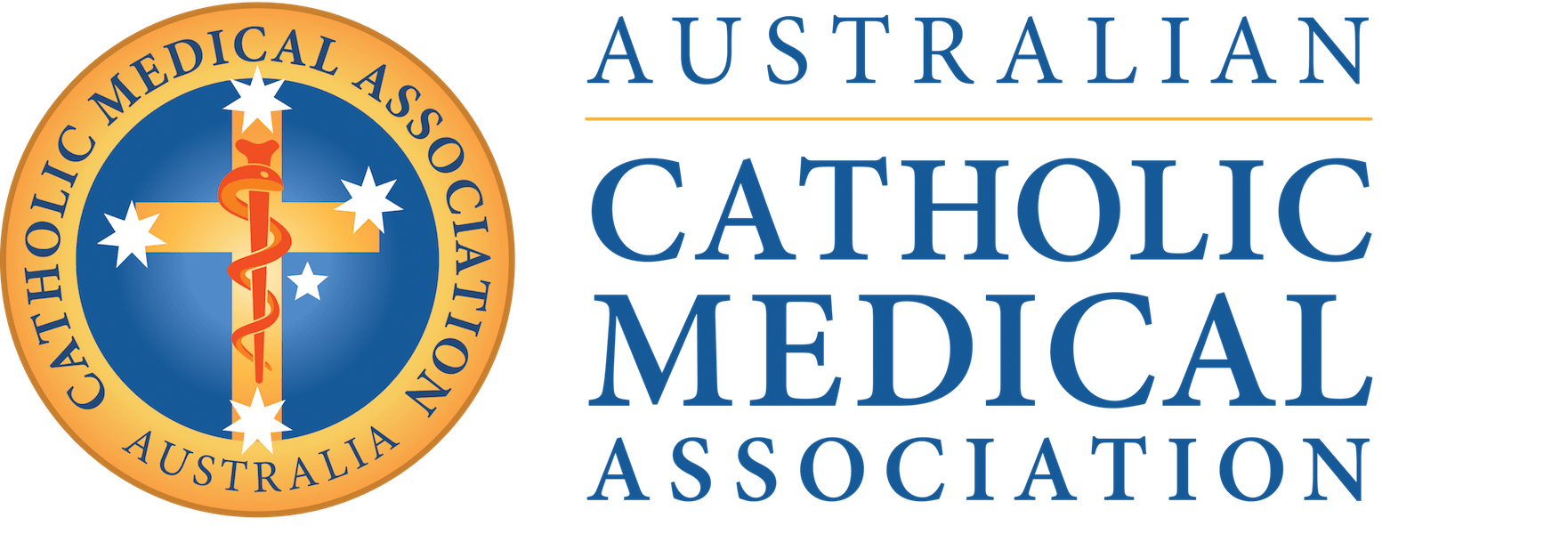Explosive study exposes the real dangers of the Abortion pill
By Dr Anna Walsh Dr Anna Walsh is a lawyer and bioethicist and lectures in the School of Law at the University of Notre Dame.
In the United States, the majority of abortions are achieved through the use of the drugs Mifepristone and Misoprostol. Known as “medical abortion,” it allows women to abort their child in the early stages of pregnancy in the privacy of her own home over a period of 36 to 48 hours. With few safety requirements and guidelines for its safe administration to women, the prolife movement has long been concerned about the false description of medical abortion as safe, simple and as reliable as using Panadol to cure a headache. Whilst anecdotal evidence of serious side effects was always strong, this has been bolstered by the findings of a recent study that reveal a very different and frightening reality.
On 15 May 2025, the findings of the largest known real world analysis of medical abortion were released to the world via a nationwide webcast in the United States that included commentary from leading prolife activists such as Ryan T Anderson of the Ethics in Public Policy Centre (“EPPC”), Lila Rose of Live Action, Marjorie Dannenfelser of the Susan B Anthony Centre, Katy Faust of Them Before Us, and Jor-El Godsy of Pregnancy Health Centres. Based on insurance data covering over 855,000 abortions occurring in the United States between 2017 and 2023, the study was conducted by Anderson’s EPPC, a conservative think tank and advocacy group based in Washington DC.
This study is 28 times larger than the studies used by the Food and Drug Administration (“FDA”) to initially approve these drugs for abortion in the United States. As noted by various commentators on the webcast, the abortion pill was fast tracked for approval by the FDA under the Clinton administration. However at that time, women had to have three in-person consultations with a doctor. First, she had to visit a doctor’s office to have the pill prescribed and dispensed. Second, she had to visit a doctor after the second pill was ingested at home. Third, she had to have a final consultation with a doctor after the abortion to check for any complications.

Dr Anna Walsh carries a banner at the 2024 Day of the Unborn Child. Images by Giovanni Portelli Photography © 2024
During the Obama and Biden Administrations, these safety requirements were dispensed with one by one so that now, the abortion pill can be prescribed in the United States without any in-person doctor consultations. Additionally, non-doctors such as nurses can prescribe these pills to women, and consultations can be undertaken via tele-health with the pills posted out to the woman in the mail. Alarmingly, reporting requirements of adverse side effects are now limited to lethal outcomes only and whilst the abortion pill was initially used for aborting a chid of less than 7 weeks gestation, it is now used to abort a child of up to 10 weeks gestation.
As Dr Brick Lantz of the Christian Medical and Dental Fellowship noted, whist not a prospective randomised study, the value of these types of studies lies in the large amount of data that is reviewed which can change the way certain medical procedures are performed. The findings of the study include that 11 per cent of the time, there is an adverse side effect experienced by the woman within 45 days of taking these pills. These adverse effects include excessive bleeding, infection, multiple and prolonged hospitalisation and emergency department visits and failure to diagnose ectopic pregnancy. This challenges the 0.5 per cent risk of an adverse event that is currently published, which is 22 times lower.
About 5 per cent of the time the pills do not work as intended and the woman must undergo a surgical abortion or take a second dose of the pills. Of concern, there are no guidelines in the United States on how to administer this second dose. Commentators called for replication of the study and as a minimum, updated information on the label so as to ensure women are receiving correct and current information which allows them to provide genuine informed consent, and a reinstallation of the earlier requirement for three face to face medical consultations. Many such as Lila Rose noted that as the abortion pill is not medicine but is designed to kill, it should not be on the market in the first place.

Lila Rose, founder of the pro-life group Live Action, speaks during the second revival night July 18, 2024, of the National Eucharistic Congress at Lucas Oil Stadium in Indianapolis. (OSV News photo/Bob Roller)
Commentators urged listeners to agitate the issue further by holding the government accountable. A strong emphasis was placed on the need for mandatory reporting of adverse effects with Marjorie Dannenfelser stating that “if information is secret it is ideological, but if it is transparent it is medical,” Kirstin Hawkins, President of Students for Life, noted that rapists can order these drugs and Katy Faust described the decision to undergo medical abortion as one which saves the government almost 7 billion dollars by not having to spend on prenatal care, labour, delivery and postnatal care, but which creates a relationship between a woman and her mailman instead of a woman and her doctor.
With the study touted as a coalition effort, lead author Ryan T Anderson commented that in the prolife space there is a role for everyone and not just academics to do data analysis and research, but grass roots activists, lobbyists, doctors, pregnancy resource centres, the “culture shapers” and “communicators.” But most of all, he noted, there is a role for the church in praying for the success of the project to protect babies and women. This is a message worth repeating for Australians as we face the constant onslaught of abortion law “reform” to widen access to it, reduce safety requirements, prohibit discussion about it and refuse to collect data about it.
John Mize of Americans United for Life told listeners to “flood the government with our collective voice.” This recommendation seems to have been effective in diluting the Greens’ abortion amendment bill in New South Wales. Whilst many dangerous clauses have been removed, such as further limitations on health professionals’ right to conscientiously object to performing or participating in abortion, the push to allow nurse practitioners and midwives to perform abortion up to 22 weeks remains. This is hardly surprising given the Therapeutic Goods Administration’s decision to remove restrictions so that health professionals other than doctors can prescribe the abortion pill.
Should the bill pass on its return to the Upper House at the end of May, this study should be disseminated with a focus on how health professionals authorised by law to prescribe the abortion pill should be trained in how to provide informed consent. Australian law requires the health professional to disclose the material risks of medical abortion to the woman, as well as any risks the woman places importance on that would affect her decision to undergo it. Replication of the study in Australia is something for the future but would require proper data collection and mandatory reporting of adverse effects, as well as the time and dedication of researchers to do the work.
